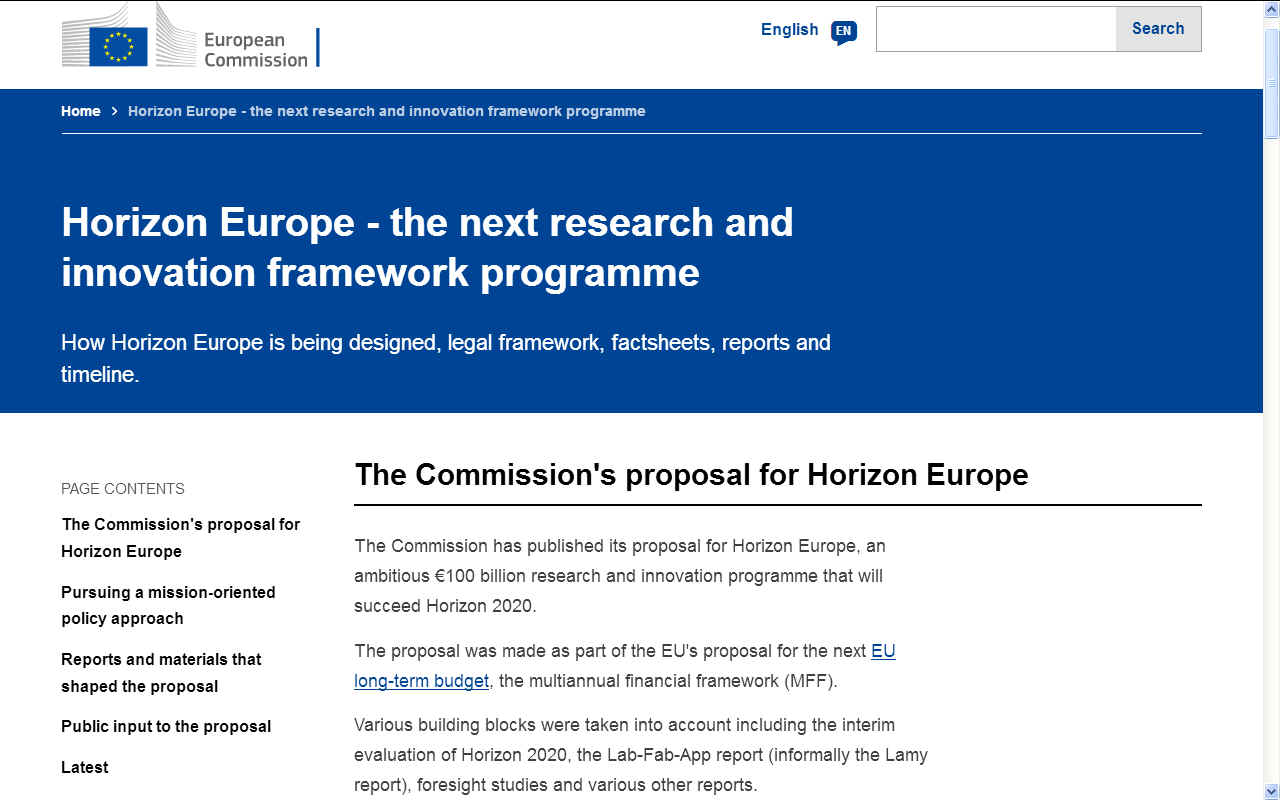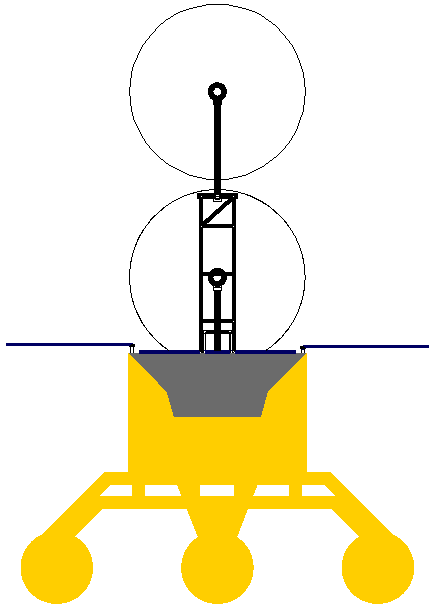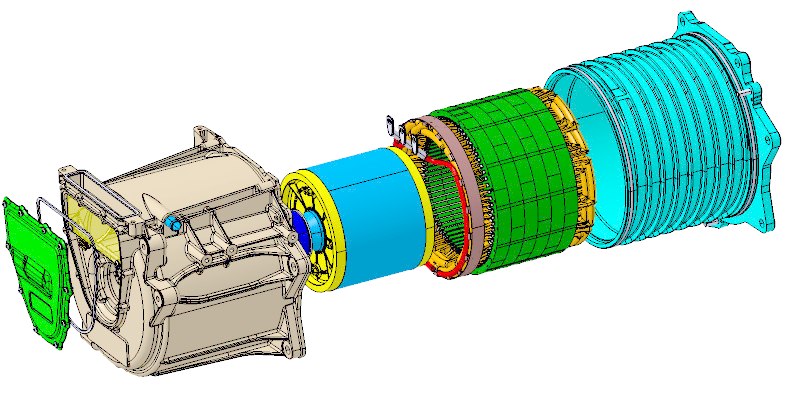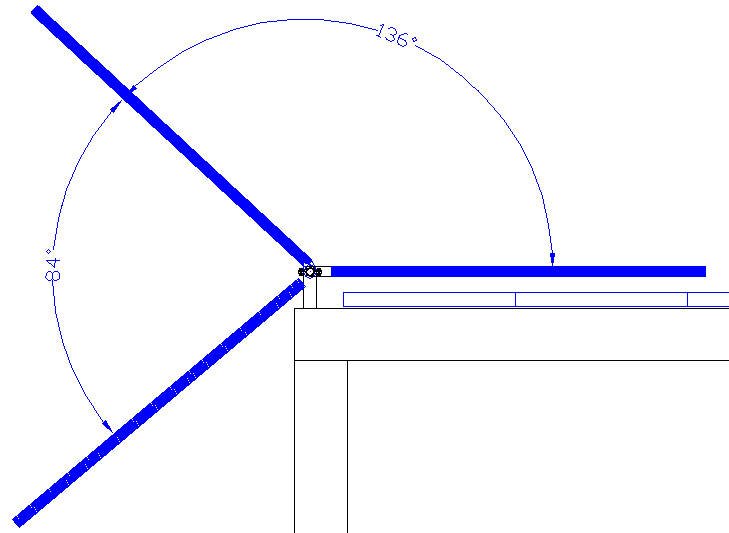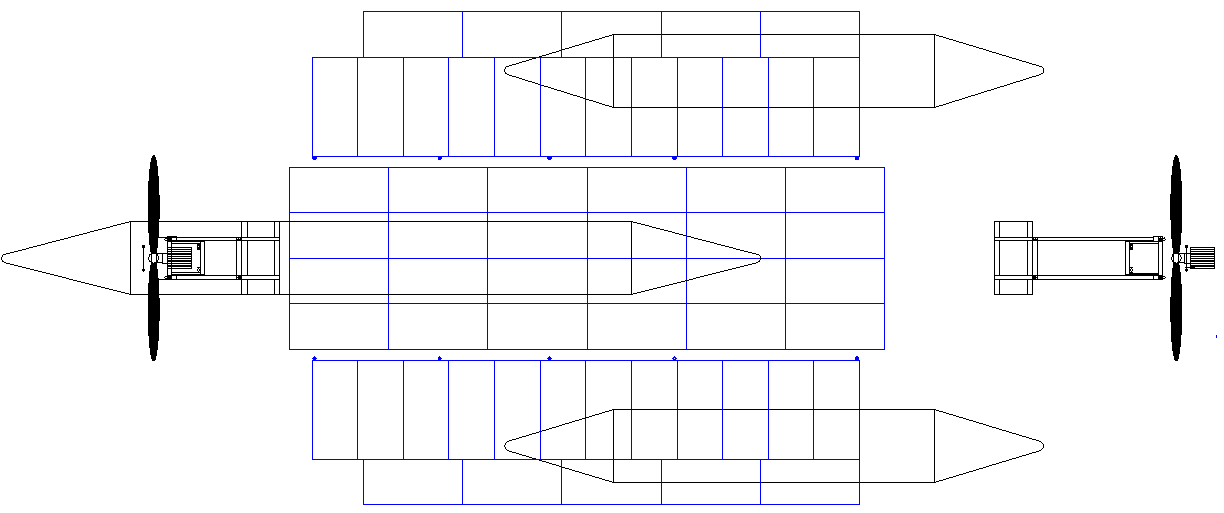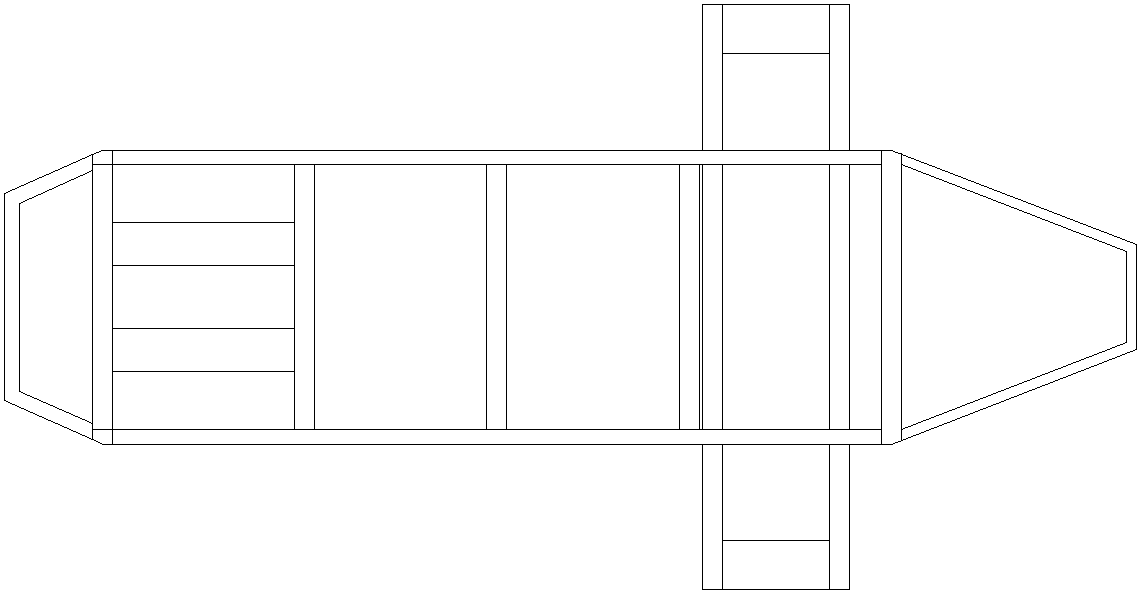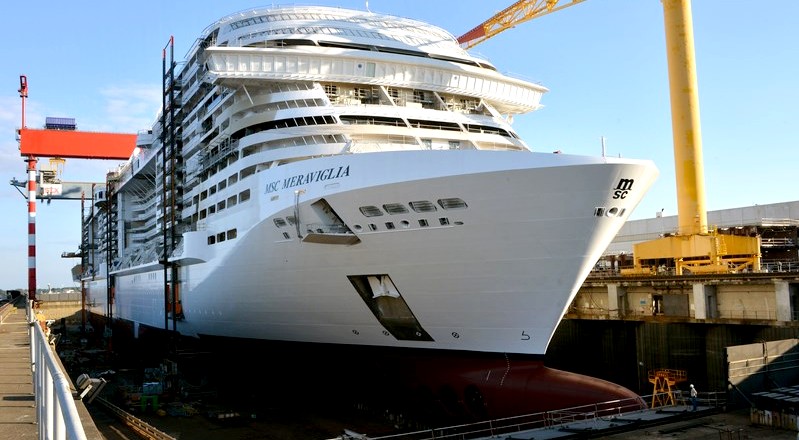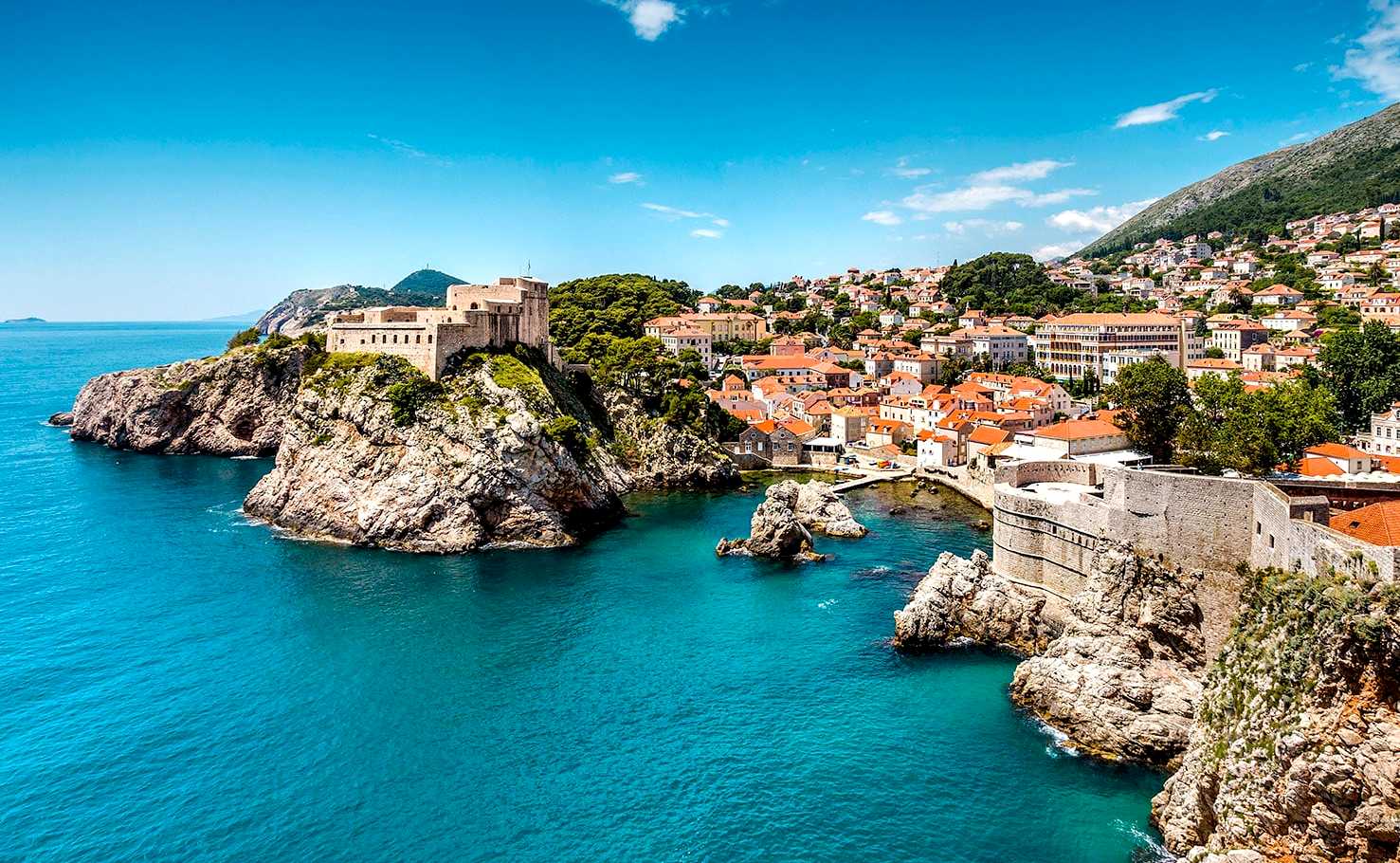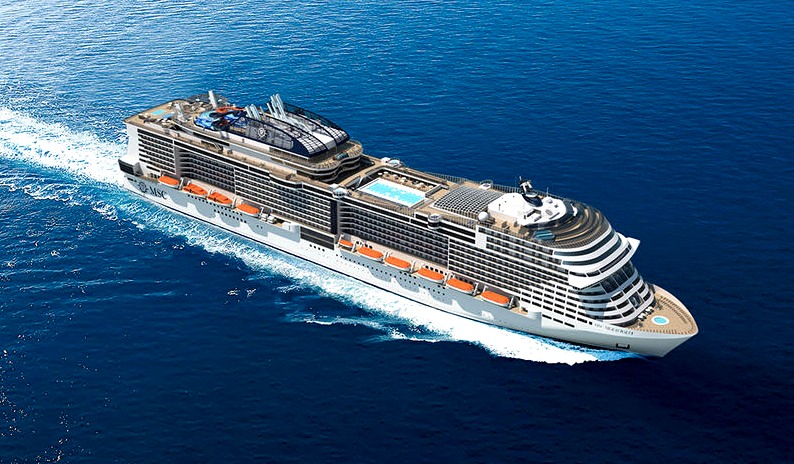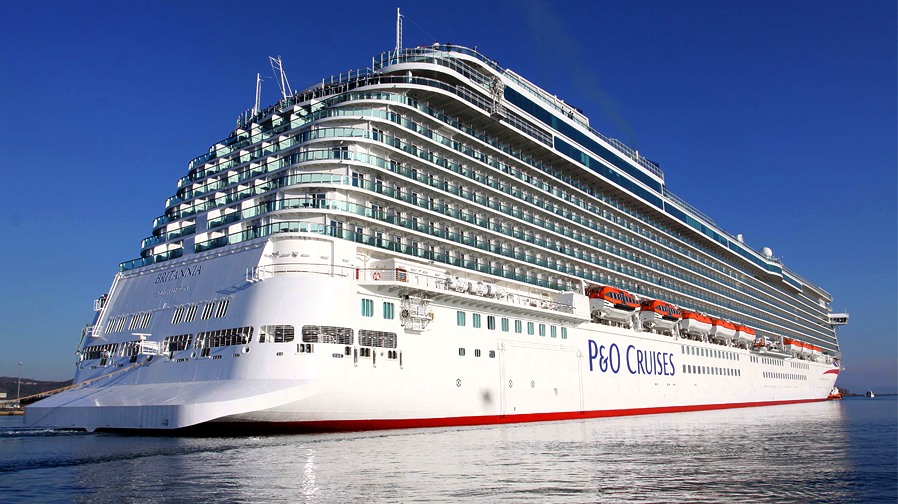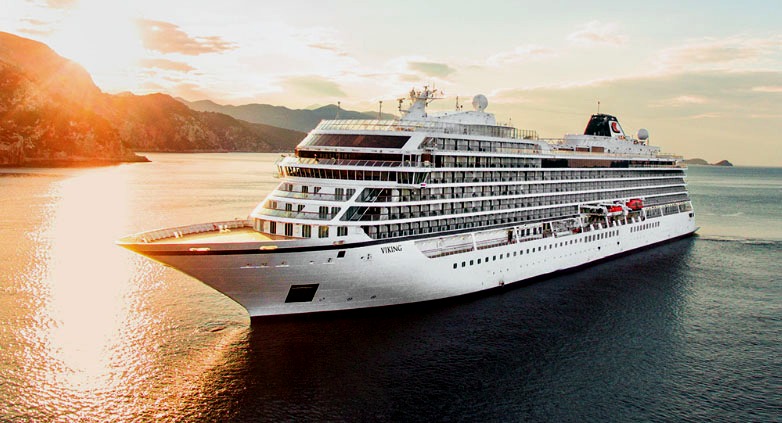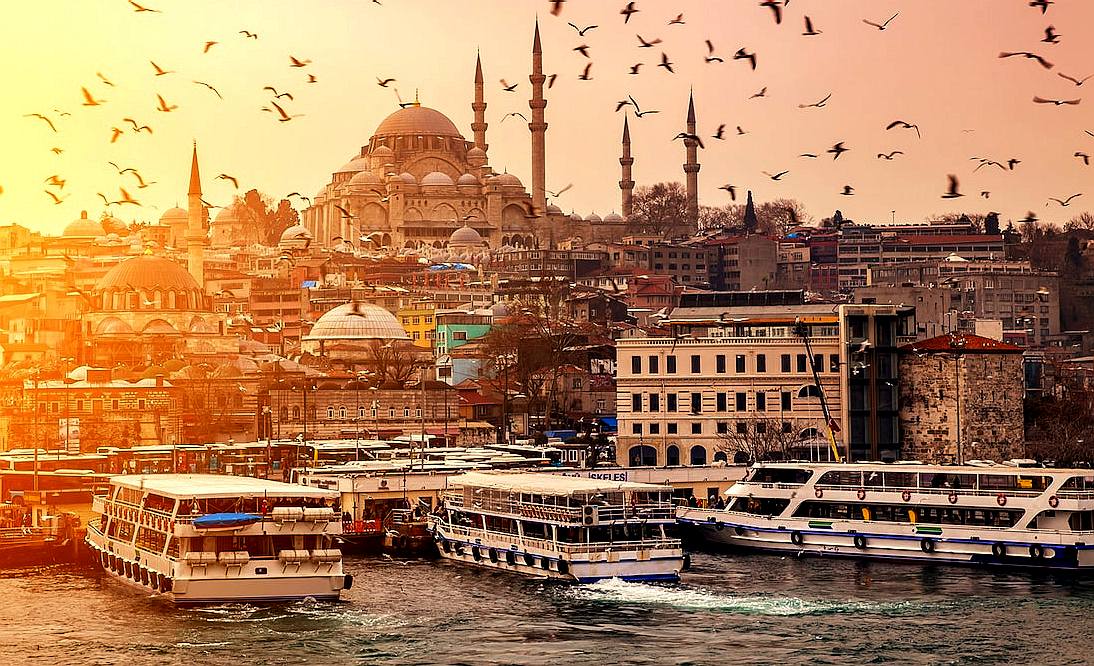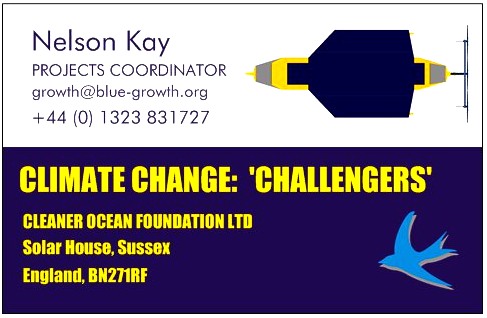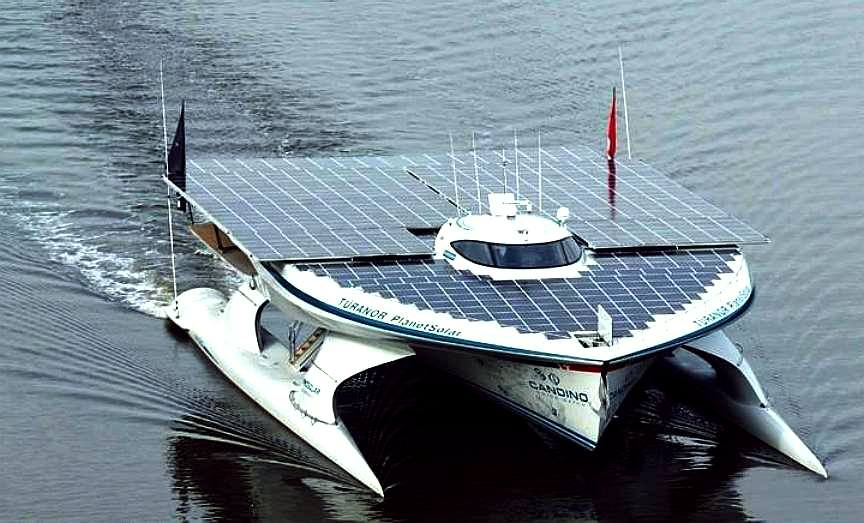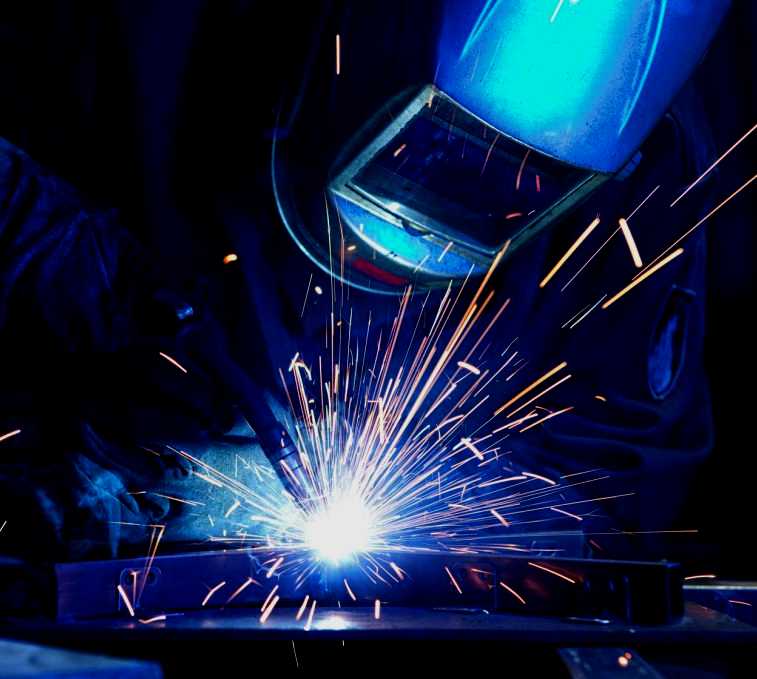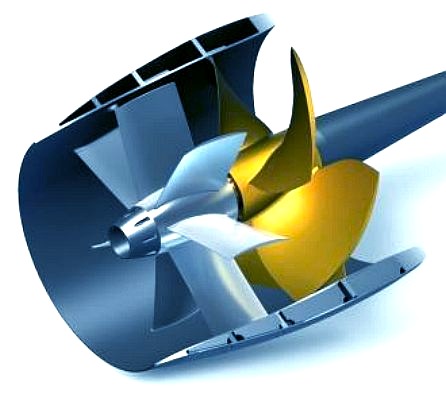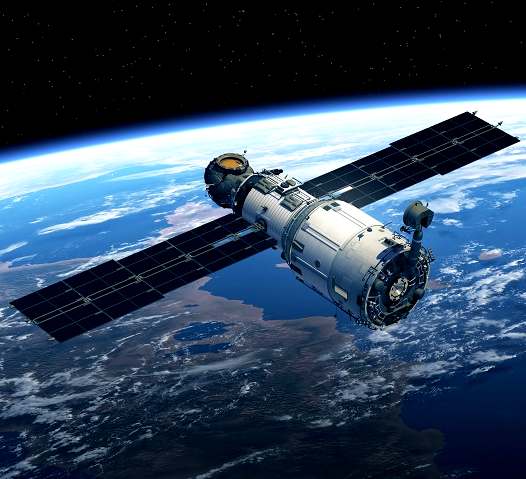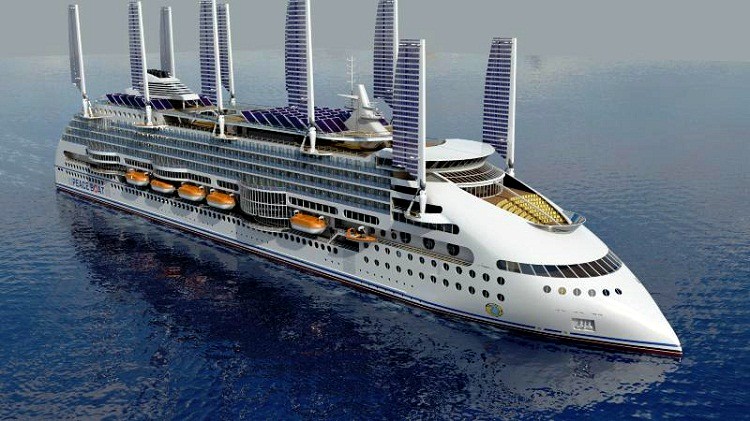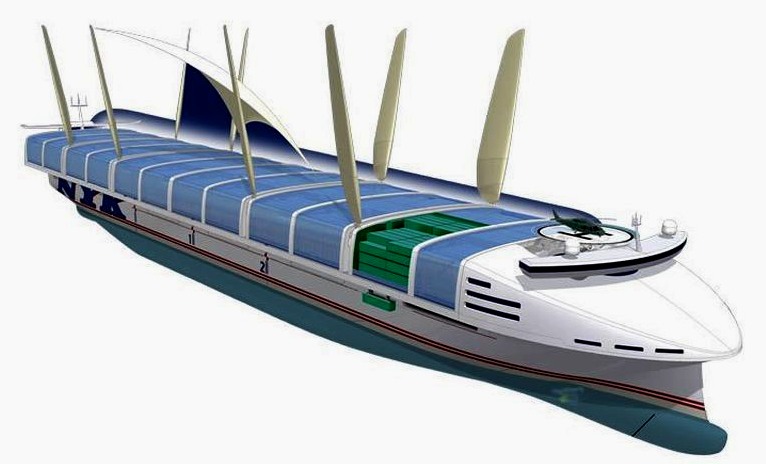|
SUSTAINABLE TOURISM
Please use our A-Z INDEX to navigate this site where page links may lead to other sites
|
||||||||||||||||||||||||||||||||||||||||||||||||||||||||||||||||||||||||||||||||||||||||||||||||||||||||||||||||||||||||||||||||||||||||||||||||||||||||||||||||||||||||||||||||||||||||||||||||||||||||||||||||||||||||||||||||||||
|
WHAT SIZE ? - The concept is thought to be fully scaleable, from a 16m island hopper, through Pacific island transports, to a 300m cargo vessel, the equivalent of the largest 400m Megamax ships such as the MSC Gulsun.
The Mediterranean area includes the Adriatic, Aegean, Ionian and Tyrrhenian seas where the coasts and islands are beautiful and the history of the destinations are major tourist attractions, destinations that are potentially at risk economically from rising costs as shipping seeks to conform to the United Nations SDGs and IMO targets to reach zero carbon shipping for 40% of the fleet by 2040 - and where passengers of conscience may be put off from indulging in holidays that are perceived as polluting the environment or adding to global warming.
History shows us that many solutions to important problems of the day were provided by unconventional people, such as John Harrison, inventor of the marine chronometer, but that those solutions were rejected by the Board of Longitude - despite the urgency. Let us hope this might not happen again in a climate emergency where we need solutions quickly to make up for lost time.
Help us to help the stakeholders preserve the Mediterranean tourist economy by joining our bid for funding, adding your expertise to the quest for sustainable waterborne transport and a circular economy.
WHAT IS THIS H2020 COLLABORATIVE RESEARCH PROPOSAL ?
We propose conducting research to define as far as it is possible from studies and a first stage analysis of data, to discover if sustainable tourism in relation to passenger transport on water might be possible using wind and solar energy harvesting directly by ships and ferries, rather than impose significant infrastructure challenges to ports for hydrogen fuel cell or other propelled vessels (discounting scrubbing of fossil fuel, diesel, exhausts as being unsustainable in terms of energy efficiency).
This blue growth inspired Proposal is to include the following work packages in combination and as a comprehensive package, though presently in draft form:
1. Investigative research and development relating to horizontal versus vertical axis wind turbines against rotary sails, to obtain the maximum thrust from a given area and mass for silent operation, based on a computer controlled system, and safe docking in ports, harbours and marinas.
2. The application of solar panel tracking and wing deployment in relation to hull stability and rotary sails in harsh weather conditions, to include docking in ports to obviate infrastructure complications.
3. Superstructure optimization in relation to the proposed hullform and solar/wind energy harvesting.
4. Hullform design in relation to the proposed solar and wind energy harvesting, to include tank testing of a 1/10th scale model for stability.
5. Course optimization study in relation to wind and solar energy harvesting in the Mediterranean region, to include the development of autopilot compatible data sets to enhance crew performance.
6. Non-dependent autonomous monitoring of course keeping (5.) to ensure adherence to optimized course keeping and data streaming for analysis of energy harvesting application to enhance vessel performance.
7. Effective satellite communications to support vessel optimization and data dissemination in 5. and 6. above.
8. Feasibility study to reveal a workable method and practical timeframe for the transition from fossil fuel powered to zero carbon vessels, aimed at saving costs and disruption for operators during changeover.
9. A study of selected ports and routes for ability to support the proposed technology shift from fossil fuels to zero carbon shipping, to include comparison of hydrogen infrastructure in terms of practical cost implementations in relation to 1. - 5. above.
10. At the conclusion of 1. - 9. incorporation of the developed research of the proposed dual energy harvesting system onto a small pilot vessel to confirm or disprove the theoretical study results. The pilot vessel also to be used to promote the technology by way of demonstrations at events and in relation to requests by interested third parties, especially concerning media articles and news reports.
WHO WILL COORDINATE THE PROJECT ?
Bluebird Marine Systems Ltd is coordinating this bid with the help of the Cleaner Ocean Foundation Ltd in a supporting role. They are assembling a European consortium of academics and businesses to look at the the feasibility of using a wind and solar energy system in a more developed way to provide zero carbon tourism across the Mediterranean, Adriatic, Aegean, Ionian and Tyrrhenian Seas.
Nelson Kay: Project coordination Briggette Dusart: Project administration Chris Close: Project management Richard
Whelan: Logistics
The project is to define and subsequently to demonstrate a formula for sustainable blue water ocean transports, the aim being to interest commercial ship builders to undertake further development as a result of these researches. Such as whether the concept may be scaled up from the at present small/medium boat size example, to cargo and cruise ships. The research being to contrast the power to weight ratio and storage capacity of such an energy harvesting system balanced against passenger carrying ability, navigation and other refinements, to define a formula for delivering sustainable tourism to the Mediterranean region.
THE CONSORTIUM
The consortium consists of the following (up to 20*) organizations in no particular order :
- European Universities - European software developers - A British wind turbine developer - A European naval architect - A British University** - European Port authorities - A European boat builder - A European eco boat developer - A European coatings producer - A European ferry operator - A European Electronics company - A European electric motor manufacturer
WHEN WILL THE PROJECT COMMENCE ?
An application must be filed with the European Commission early January 2020.
We are aiming for a start on this project for 2020/21, the actual start date being dependent on agreement with the European Commission as to scope, level of funding, together with initial payments being made to all consortium partners.
END ELEVATION - In this drawing the solar wings of a 16 meter vessel are shown folded out horizontally as though the sun was overhead, whereas the rotary sails are deployed to make good use of wind energy. Please note that drawings are Design Copyright © September 8 2019, and the hull configuration and energy harvesting system are patent protected.
WHY DO THEY WANT TO DO THIS ?
With the present climate emergency likely to worsen without some immediate action, vessels that are zero carbon should be put to good use wherever possible.
At the present time there appears to be no system for marine craft that would allow for the intelligent dual harvesting of solar and wind energy in such autonomous combination, so as to be able to provide sufficient energy for propulsion at speeds of up to 10 knots for sustainable transportation to support tourism as part of circular economic development and 15-20 knots for island hopping.
DUAL PURPOSE MACHINE - The same basic hull form can be converted to an ocean or river cleaning machine with a bolt on SeaVax head, here shown in red, or a net-free fishing zero carbon fishing boat. We have designed the hulls in such a way that they can be configured to run in two directions - what is perceived as backwards being for plastic cleaning duties - should policies change to make ocean cleaning equitable. These drawings are Design Copyright © September 8 2019, and the hull configuration and ocean cleaning system are patent pending.
INTERNATIONAL MARITIME ORGANIZATION
Where the International Maritime Organization are aiming for a 40% reduction in greenhouse gas emissions for 2030, we should like to develop an automated solar and wind energy harvesting system for boats, that may be up-scaled for ships, to provide power to weight ratios between
2.00kW continuous and 3.6kW peak, per ton of vessel (specs dependent) Such targets require computer automated solar and
rotary sail tracking to minimize shading, lightweight structures and integrated
hydraulics,
coupled with advanced navigation.
DIRECT HARVESTING Vs HYDROGEN CONVERSION ECONOMICS
How much money might operators save in swapping their gas-guzzling coastal hoppers and cruise liners for clean solar powered vessels all depends on the cost of building this kind of design, the cost of maintaining the solar panels, the eventual cost of replacement batteries and any tax breaks that might be offered to help kickstart the zero carbon revolution.
Hydrogen Fuel Cell powered ferries are presently under development, despite the inherent complexity and dangers in dealing with an explosive gas, not to mention the reduced energy delivery from solar and wind power, that runs counter to Circular Economics and sustainable best practices. See the Scottish Isles study June 2019, Norled (Norwegian/French) and CARB: San Francisco Bay projects from 2018 and fuel supply problems for the FCS Altsterwasser in Hamburg 2014.
Many ferry services might benefit from up-scaled designs. It is hoped that eventually long haul passages may be offered such as across the Atlantic. Operators, hence potential end users in the English Channel include: Brittany Ferries - DFDS - HoverSpeed - StenaLine and P&O Ferries.
PONTOON HULL FLOATS - The example trimaran configuration of the pontoons. You cannot get much simpler than this. The Foundation has an in-house model maker and easy access to a water basin for stability testing, etc. Design Copyright © September 2019, Cleaner Ocean Foundation Ltd. The hull configuration and energy harvesting system are patent protected.
....
ANGULAR MOVEMENT - The picture shows the angle of rotation of the moveable wind turbines on a collapsible (space frame) mast that is raised and lowered using hydraulic rams. The wind turbines work with the solar panels using computers and sensors to maximize the collection of energy from nature. During this project, rotary sails will replace ordinary wind turbines. Design copyright © 21-09-19 Cleaner Ocean Foundation Ltd, all rights reserved.
...
ECONOMIES OF SCALE - Lithium battery technology is well up to the task of providing energy storage and load leveling for a system aimed at sustainable transport. Five standard BMW batteries will provide good storage capacity (as an example) not to be taken as the final proposal.
....
PLAN VIEW - This drawing shows the general solar panels and wind turbine arrangement looking from above. Please note that these drawings are Design Copyright © September 8 2019, and the hull configuration and energy harvesting system are patent protected.
INNOVATIVE ASPECTS OF THE PROJECT ?
The technology is patent protected, with further improvement patent in the pipeline. The objective of securing such IP rights is to be able to share them with our European collaborative partners and advance the state of knowledge for mankind in the publication.
ANGULAR MOVEMENT - The picture shows the angle of rotation of the moveable solar arrays. Design copyright © 21-09-19 Cleaner Ocean Foundation Ltd, all rights reserved.
ARRAYS FOLDED - The picture is an example of how the solar arrays fold over each other when stowed, seen in end elevation. See the plan view diagram below. Design copyright © 27-04-19 Cleaner Ocean Foundation Ltd, all rights reserved.
ARRAYS OPEN - This diagram shows the solar arrays in blue - open in plan view (from above) such that they present flat on to an overhead sun. Note no shading of the solar panels by the wind turbines when overhead, and that the turbines can be lowered and furled to prevent shading at different course headings. Design copyright © 29-04-19 Cleaner Ocean Foundation Ltd. The hull configuration and energy harvesting system are patent protected.
Experimentation, including the incorporation of new ideas in combination is needed to push forward the boundaries of human knowledge.
This research and development, if it is successfully demonstrated as described, offers one potential solution to the search for long range zero carbon ships of the future.
ENERGY SECURITY - Such development could free us from the oil based economy currently fueling global warming. Design Copyright © September 2019, Cleaner Ocean Foundation Ltd. The hull configuration and energy harvesting system are patent protected.
HOW MUCH WILL THE PROJECT BUDGET BE ?
The 'Leads' will coordinate the consortium in relation to agreed work
packages as follows : - . - . - . - . - . - . - .
Subtotal - Contingency (20%) Total
SUPERSTRUCTURE SIDE, PLAN, END ELEVATIONS - The frame is a very simple design to keep the cost down and yet it is light and strong. Design Copyright © September 2019, Cleaner Ocean Foundation Ltd.
PROJECT PLAN: estimated 104 week duration in month size bites
WEEKS
1 - 16:
1 - 16: ....
WEEKS 17 - 32:
17 -32: Interim progress report ...
WEEKS 33 - 48:
33 - 48: ....
WEEKS 49 - 64:
49 - 64: Half way interim reports
WEEKS 65 - 80
65 - 80: ......
WEEKS 81 - 96
81 - 96:
WEEKS 97 - 104
97 - 104: Final reports, accounting and presentations ......
10 POPULAR MEDITERRANEAN CRUISE EXAMPLES USING FOSSIL FUELS
10 of the best sailings for 2019 to 2020, from giant ships
with onboard entertainment, to culture focused cruising on smaller vessels,
all reliant on bunker fuels that must be lower in sulfur from January 2020.
Forty percent of such fleets are required to be zero carbon by 2040. This
might be achieved by conversion in the case of cargo vessels, but cruise
liners that are not designed at the outset for sustainable cruising may
present more of a design problem for any naval architect.
AZAMARA CLUB CRUISES - CROATIA
DISNEY CRUISES
MSC CRUISES
OCEANIA CRUISES
P&O CRUISES
SILVERSEA
VIKING OCEAN CRUISES
VOYAGES TO ANTIQUITY
CANNES
- The French Riviera resort of Cannes will effectively ban the most polluting cruise ships from its port from January 2020.
CONTACTS
Briggette Dusart Sustainable Ocean Transport Project Bluebird Marine Systems Ltd Cleaner Ocean Foundation & Solar Studios, BN271RF United Kingdom
LINKS & REFERENCES
http://www.climatechangechallenge.org/ http://www.blue-growth.org
GUINNESS BOOK OF RECORDS - MS Turanor PlanetSolar (Switzerland) navigated the world in a westward direction from Monaco in 1 year 7 months and 7 days from 27 September 2010 to 4 May 2012. We wonder why nobody has attempted to improve on this design, to challenge the record in the intervening seven years. Imagine this vessel scaled up with twice the thrust.
TRANSFERABLE TECHNOLOGY - The design of the Climate Change Challenger might be adapted to Cargo, Container, Cruise and Ferry designs, without needing to radically alter port facilities. The designs above are not representative of adaptations of the concept, but serve to illustrate the thinking of other design houses.
Please use our A-Z INDEX to navigate this site
AEGEAN - ADRIATIC SEA - ARCTIC OCEAN - ATLANTIC OCEAN - BALTIC SEA - BAY OF BENGAL - BERING SEA - CARIBBEAN SEA CORAL SEA - EAST CHINA SEA - ENGLISH CHANNEL - GULF OF GUINEA - GULF OF MEXICO - INDIAN OCEAN - IONIAN - IRISH SEA MEDITERRANEAN SEA - NORTH SEA - PACIFIC OCEAN - PERSIAN GULF - SEA OF JAPAN - SOUTH CHINA SEA - SOUTHERN OCEAN - TYRRHENIAN
|
||||||||||||||||||||||||||||||||||||||||||||||||||||||||||||||||||||||||||||||||||||||||||||||||||||||||||||||||||||||||||||||||||||||||||||||||||||||||||||||||||||||||||||||||||||||||||||||||||||||||||||||||||||||||||||||||||||
|
This website is provided on a free basis as a public information service. copyright © Climate Change Trust 2019. Solar Studios, BN271RF, United Kingdom.
|
||||||||||||||||||||||||||||||||||||||||||||||||||||||||||||||||||||||||||||||||||||||||||||||||||||||||||||||||||||||||||||||||||||||||||||||||||||||||||||||||||||||||||||||||||||||||||||||||||||||||||||||||||||||||||||||||||||

